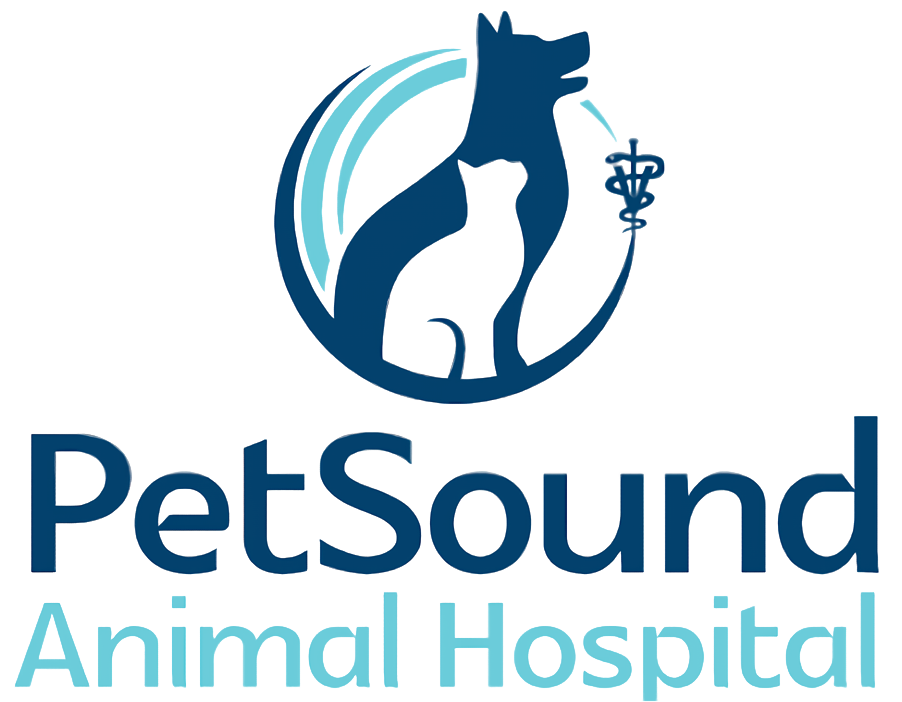Articles
-
Estrus (heat) begins when a female dog reaches sexual maturity and occurs about twice per year, although it varies from dog to dog. From the beginning of a female’s estrus period, she will be attractive to male dogs, though she will usually not be receptive or allow mating until seven to ten days into her cycle. The time of mating is extremely critical and it is highly recommended to have your female tested to determine the optimal days for breeding.
-
False pregnancy refers to a display of maternal behaviors, combined with the physical signs of pregnancy following estrus, in unspayed female dogs that are not actually pregnant. Signs include physical and behavioral changes, outlined in this article. Mild cases typically are not treated, but treatment may be needed for more serious cases. If your dog is not used for breeding, spaying is recommended.
-
It's important to ensure your pregnant cat receives adequate nutrition to make sure both she and her kittens thrive during this time of increased demands on her body. Feeding and diet suggestions are provided.
-
It's important to ensure your pregnant dog receives adequate nutrition to make sure both she and her puppies thrive during this time of increased demands on her body. Feeding and diet suggestions are provided.
-
Special attention must be given to a cat's nutrition during her pregnancy to ensure the birth of healthy puppies. It is important to maintain a good body condition throughout pregnancy; this is achieved with regular monitoring. This handout outlines a pregnant cat’s unique nutritional needs and how to meet them, ensuring a healthy mother and kittens.
-
Special attention must be given to a dog's nutrition during her pregnancy to ensure the birth of healthy puppies. It is important to maintain a good body condition throughout pregnancy; this is achieved with regular monitoring. This handout outlines a pregnant dog’s unique nutritional needs and how to meet them, ensuring a healthy mother and pups.
-
Hemophilia A and B are inherited clotting disorders that cause problems with blood clotting, and make it difficult to control bleeding. Dogs are often diagnosed based on signs of excessive bleeding. Hemophilia is genetic, so it is vital to screen potential breeding animals. Carriers do not exhibit symptoms, but they should not be used in breeding programs.
-
Abortion is the delivery of a dead foal and its placenta before an age at which the foal would have been able to survive independently. This is usually taken to be up to day 300-310 of gestation.
-
Infertility in a queen (an intact female cat) is defined as the inability to give birth to live kittens, despite appropriate breeding with a fertile male. This handout provides an outline of common causes of infertility along with how they are diagnosed and, when possible, treated.
-
Infertility in a female dog is defined as the inability to conceive and deliver viable puppies, even when mated multiple times with a known fertile male surrounding the time of ovulation. This handout outlines the varying causes of infertility in female dogs and how they may be diagnosed and treated.

